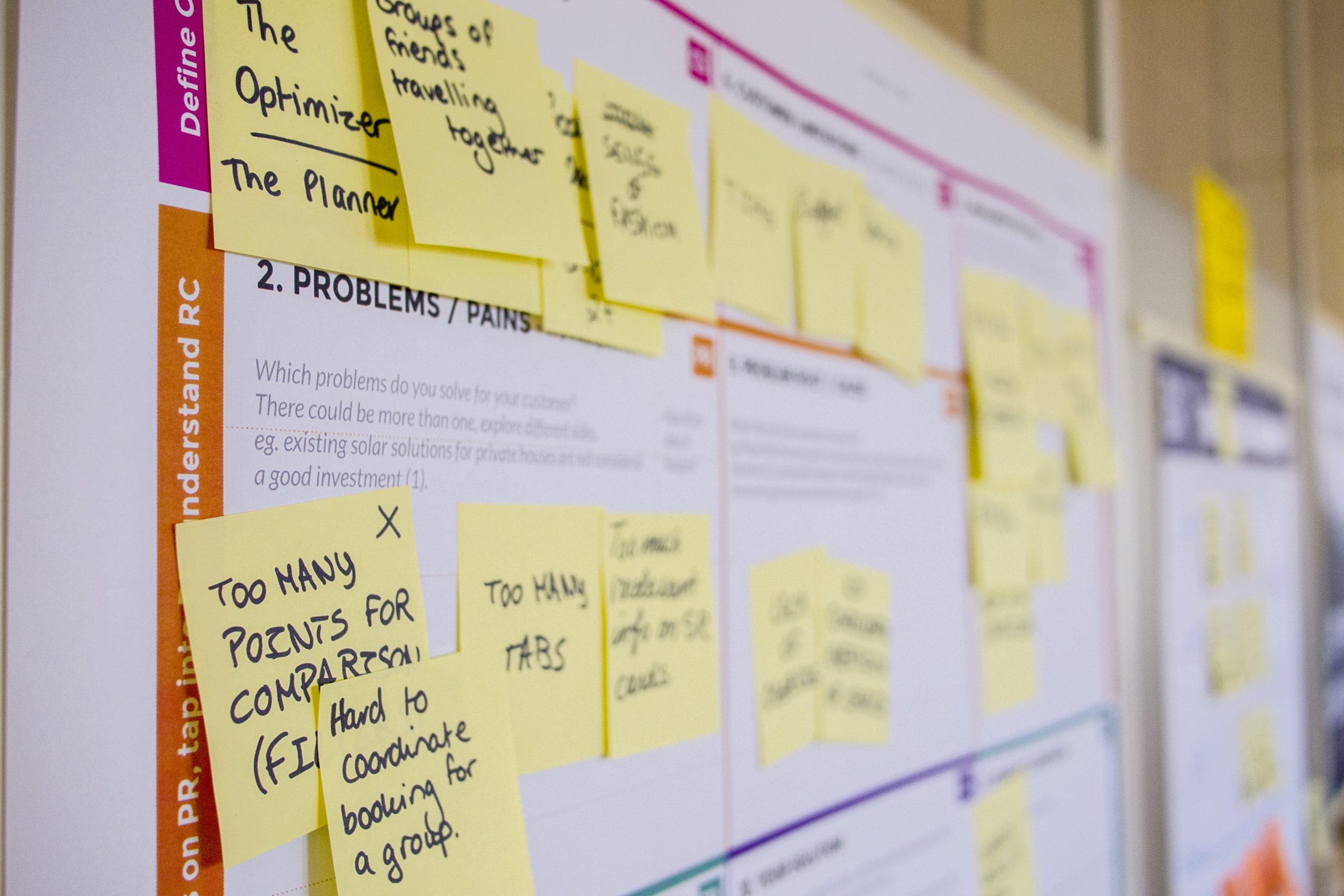Startups worldwide have grown remarkably over the last decade. The number of newly recognized startups in India alone has increased to over 14,000 in 2021-22 from only 733 in 2016-17. The startup industry is projected to grow by 11-15% every year and with the support of the government and corporate sector, the startup sector is poised to thrive. But this isn’t the real story, at least not when we dive deeper into understanding the startup ecosystem. While the number of new startups keeps on increasing, the number of startups that fail and shut down is over 90%. Before answering the question of why startups fail, let’s understand a critical part of the startup journey – the MVP.
The Idea
It all begins with an idea, a thought of solving a problem that hasn’t been solved before, or improving upon a solution with one that is an order of magnitude better. One of the most important things to know about startups is that solely as an idea, a startup is worth close to nothing. Ideas are essentially a dime a dozen, people who implement them are priceless. It is the commitment of the people that defines the start of the journey of building a startup. Moving ahead, the journey of starting up is a roller coaster ride that has a fixed destination but varying paths. The first fork in the road a startup often faces is that of developing a Minimum Viable Product (MVP). A technology startup’s MVP needs to be more than presentations and wireframes to be taken seriously by investors, prospective customers, and partners. On the other hand, if your MVP is close to a refined product already, you have probably gone too far before validating key aspects of your business plans. It is a fine balance, and many startups in all their exuberance end up putting the cart before the horse.
The MVP Challenge
It is said that the journey of moving from an idea to MVP is one where the foundation of a startup is built and nurtured. More than 90% of startups today are technology-enabled businesses, and software constitutes a critical part of the overall MVP strategy. It is a key step towards validating the idea and initiating the scaling journey, and many important questions need to be asked and assumptions made based on data, research, and often times gut feel.
Many a startup with great ideas falters because of incomplete research, undefined concepts, lack of market understanding, gaps in understanding customer needs, and most importantly lack knowledge and skills to build the MVP. With so many things to focus on, managing processes, people and technology becomes an exhaustive task. Managing processes and people is a task that can be done through constant evolution and improvisation whereas that barrier many founders face is in understanding the technology to build an MVP and then a product.
- Validating the idea: The MVP needs to be central in getting much-needed answers to the Why, Who, When What, and Where. This should go a long way towards understanding the feasibility of the idea.
- Competitor Mapping: This involves doing research on competitors who provide a solution to the set problem statement and scanning through the persona of users who use competitor solutions. This will help in understanding the market potential for the product.
- Setting Goals: What are you expecting from your initial launch? How many users are you expecting to use your product to say your MVP was a success? Setting goals based on the expected output can help in streamlining the process and provide a direction for developing the product.
- User Stories: Understanding different user personas and their corresponding flows is key to ensuring the product delivers the expected value to all involved stakeholders. Every stakeholder’s journey from onboarding to value realization needs to be mapped out, clearly highlighting areas where the solution is providing the 10x differentiator to the current offering.
- Features and Wireframes: Understanding the user flow provides clarity of the key features that are needed in the product and helps in designing the basic framework of the product. Focusing on the user experience and user interface (UI/UX) early on will go a long way towards user adoption, both during and post MVP timeframes.
The Fork in the Road
Do you put together a technology team to build your MVP, or do you leverage outsourced partners to build the MVP? This is often the dilemma most business-oriented founders will have. Both roads have their pitfalls and advantages.
- Building In-house: This involves hiring resources and building an in-house development team to create the MVP. Today’s tech product requires a full stack team with many specialists including front-end, back-end developers, UI/UX designers, database engineers, DevOps specialists, and many more specialized roles. Hiring such an extensive team makes the cost prohibitive but gives you full control and access to the technology and makes you the sole decision-maker in terms of the development of the product.
- Get your MVP Outsourced: Outsourcing the project to a full-stack IT firm or having multiple partners who develop different parts of the product are often likely routes. Dealing with development contracts, business requirements documents, unique working methods with various deliverables and timelines, and finally migration of code to in-house teams, later on, are just a few challenges that need to be overcome. Getting things outsourced reduces the duration of development but reduces the control you have over the development of the product.
The Alternative – No Code/Low Code Platforms
With advancements in composable application technology and the growth of the citizen developer movement, business technologists are able to define and build applications rapidly and to a large extent independently of any professional developers. With visual drag-and-drop development environments and pre-built modules that can be connected together with minimal configuration, no-code/low-code platforms can be leveraged to build applications an order of magnitude faster, and cheaper than any of the in-house or out-sourced development options.
Benefits of using No Code / low code Platforms:
- Easy Development & Experimentation: With every customer interaction, there is something new to learn and evolve your MVP. The faster you can pivot, the faster you can get to a product-market fit. The process of building an MVP can be accelerated via such platforms.
- Cost-Effective: With no developers to hire, no development tools to manage (other than the no-code/low-code platform license itself), and no external dependencies, the cost of development is often 3-5x cheaper than traditional development approaches.
- Time Efficiency: Normal code-based development requires many sprints to create a framework, code the app, test the app and improvise to build a better version. No-code platforms can deliver your initial version at least 5x faster, and subsequent iterations even faster.
At Zvolv we have worked with many new startups across multiple verticals and founders with lots of exciting ideas. A recent success story is of a novel logistics startup that built a self-service portal for their end consumers utilizing the Zvolv platform, in under 2 weeks. As an add-on product to their core logistics services, they needed to try this out with some key customers with rapid iterations before investing in building a full-scale product that can serve hundreds of end customers. The MVP built on Zvolv gave their customers insights into shipment statuses, in-transit inventory, stock coverage, and a lot of other reports that they earlier used to compile and send manually on a daily basis. With minimal effort they were able to launch a product on Zvolv built entirely by their business process owners with the Zvolv team assisting them with developing the integration with their warehouse management platform. The MVP eventually evolved into a full-fledged product with several iterations based on the early customer feedback.
Are you ready to build your MVP? Download the 7-day action plan to build your first application on Zvolv. And drop us a note – we’ll be happy to help you evaluate the right architecture and approach for your MVP.



